Alberta
MB/SK/AB NeeStaNan Utilities Corridor: First Nations-led utility corridor is a 21st-century nation-building initiative
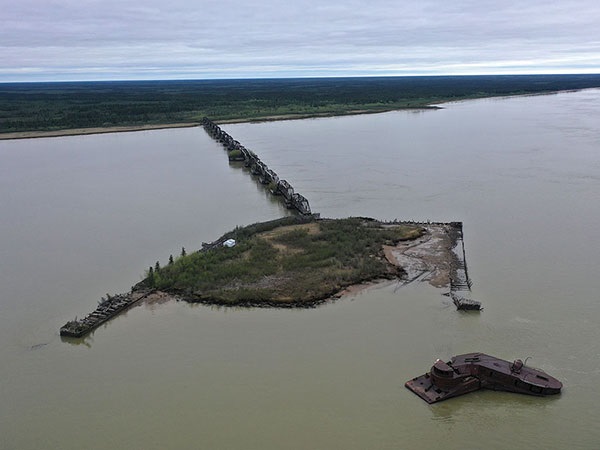
Port Nelson is 300 kilometres south of Churchill and has a longer ice-free season. In fact, a concrete jetty constructed (and never used) at Port Nelson nearly a hundred years ago remains in place.
From the Frontier Centre for Public Policy
By Terry Etam
“The trading of goods has been in our DNA as Indigenous People for centuries, but somewhere along the way this was lost. It’s time to regain our prosperity, for the betterment of our communities and for our country.” – NeeStaNan website
Ever feel like you’re being neglected by either governments or the various power centers that dominate life? The big places get all the attention, have all the votes, have all the buzz. In Canada, fewer than ten such centers dominate the country. If you’re not in one of those, you won’t know much political power, there won’t be much clout, there won’t be much of anything.
And if you want to know how far you can get from a circle of influence, consider Census Division No. 23, a great big administrative district in northern Manitoba. The size and ruggedness are mindboggling; No. 23 encompasses an area of 233,578 square km/90,185 square miles, six times the area of Switzerland, yet the region’s total population is 4,690. The population density, rounded to the nearest person-per-square km, is zero. If you round it to the nearest tenth of a square km, it is still zero.
It is extremely hard for people of regions like this to register on the national radar for any number of reasons, some of which are just logistical (remote location) and some of which are just rude realities (not much political capital up for grabs in No. 23).29dk2902l
The people of regions like this tend to be absent from all sorts of things, including resource development, even if it happens in these regions. Yes, there will be some local employment, and positive economic spinoffs, but nothing in the way of meaningful ownership or control.
But that may be about to change, for a significant swath of Manitoba, Saskatchewan, and the northeastern part of Alberta. Underway is the NeeStaNan utility corridor, stretching from northern Alberta through north-central Saskatchewan and on to the shores of Hudson Bay in Manitoba.
The significance of this corridor could be profound. It will provide tidewater access for landlocked western Canadian resources that otherwise need to travel to the west coast, or other less efficient routes. As one of the best examples, Saskatchewan must move potash to market via Vancouver, meaning a trip through the Rocky Mountains and on to the coast.
By utilizing the NeeStaNan utility corridor, potash will be able to move to large markets like Brazil far more efficiently. The distance to seawater via Hudson Bay is 630 km/390 miles less than by going through BC ports, and here’s the real economic kicker: the sea route to Brazil’s market is actually 3,800 km less than current routes. That’s almost 2,400 miles, for American friends and for old times’ sake.
The corridor is planned to enter Hudson Bay not at Churchill, but at a much more direct and accessible point called Port Nelson. Port Nelson is some 300 kilometres/180 miles south of Churchill (Hudson Bay is really freaking big) and has a longer ice-free season. In fact, a concrete jetty constructed (and never used) at Port Nelson nearly a hundred years ago remains in place. Port Nelson isn’t a new idea.
The utility corridor isn’t simply a project to enhance the wellbeing of the FN bands along the way, although it will most certainly do that. It is also far more grand in scope: the utility corridor will help Canada’s heartland deliver industrial products to global markets in a more efficient way, and provide the sort of efficiencies that can help multiple Canadian industries enhance global competitiveness, all the while providing an economic boost that is infinitely better than what locals and First Nations along the way have ever known.
Many industries could benefit, including the oil and gas sector, and I’m going to say that now before any legislation passes that makes it illegal. There is potential to utilize the corridor to move rail cargoes, pipelines, lumber, agricultural products, raw materials, manufactured goods… an endless array of the stuff that makes Canada wealthy.
The project is enormously captivating right from its very name. “NeeStaNan” translates as “all of us”. How cool is that; inclusiveness not under the guise some overwrought mandate, but in the sense that the project is being structured to benefit a great number of parties. The home page of the NeeStaNan website describes the project as a utility corridor “uniting Canadians”. Now, doesn’t that phrase sound far more powerful coming from the heartland, from people with skin in the game, as opposed to insincere platitudes thrown about like confetti on the campaign trail?
The utility corridor really could unite Canadians; it is a slingshot of vitality into Canada’s industrial base. It could benefit many critical industries, and open up new trade possibilities. It is a project designed to bring in many First Nations along the route that have very little to show for Canada’s development. It’s not a handout, it’s the opposite – a benefit to Canada and a great many Canadians.
Isn’t this what First Nations Self Determination should be about? Isn’t this a perfect dovetail with the interests of the people who live in these remote areas, who are the only ones there, and who deserve a say in how it is developed? Isn’t it amazing that it is a collaborative effort that by design will benefit industries that these First Nations have no direct stake in?
Isn’t it the best possible goal and achievement of all the efforts to bring First Nations fully into the Canadian matrix on a way that works for everyone, and that benefits everyone?
And who would be better than First Nations along the corridor’s path as the stewards of the corridor itself? Who knows the terrain better? I’ve been there, I grew up not in the path of the corridor but I could see it from a north facing window, and I’ll tell you it’s not territory for the faint of heart. Winters are brutal and long, summers are hot and buggy, and nature is relentless. Local expertise and wisdom would be invaluable.
I can’t really think of an infrastructure project of the past fifty years that could have such multi-dimensional benefits to so many Canadians. It is uplifting to see collaboration across many First Nations and the governments of three provinces. Ottawa may not like it, because the corridor is sure to empower an area of the country that has few votes to harvest, but that is all the more reason to get behind and support the project’s owners, organizers, and operators.
The NeeStaNan utility corridor might do more for a forgotten region of Canada, and its First Nations, than 150 years of federal government “help”. Let’s hope all three prairie provinces and the First Nations along the way bring the corridor into life and to its full potential.
Terry Etam is a columnist with the BOE Report, a leading energy industry newsletter based in Calgary. He is the author of The End of Fossil Fuel Insanity. You can watch his Policy on the Frontier session from May 5, 2022 here.
Alberta
Jann Arden’s Rant Will Only Fuel Alberta’s Separation Fire

From the Frontier Centre for Public Policy
By Lee Harding
In a fiery takedown of Alberta sovereigntists, Jann Arden may have poured gas on the sovereignty fire instead of dousing it. Lee Harding argues that her vulgar swipe ignored Alberta’s raw deal in Confederation, from lopsided equalization to federal overreach, and only deepens Western alienation. Rather than shaming Albertans into silence, her outburst might push them closer to the exit.
The singer’s foul-mouthed tirade won’t shame Alberta into silence. It’ll only push the province further toward the door
Jann Arden’s recent tirade against sovereigntist Albertans will probably do more to motivate them than set them back.
In an online rant, the Calgary-born-and-raised singer lowered public discourse a few notches.
“Hey, Alberta. Hey, you bunch of fu-king separatist wackos. How you doing? Feeling good about yourselves? You’re an embarrassment to this country. Everything you have, everything that you have enjoyed, cherished and benefited from, comes from being part of one of the greatest countries on the planet.”
Ha! Arden only embarrassed herself with her rudeness and ignorance.
Canada has been milking Alberta for a long time. In a 2024 study, the Fraser Institute showed that from 2007 to 2022, Albertans contributed $244.6 billion more in taxes and other payments to the federal government than they received in federal spending, more than five times as much as British Columbians or Ontarians. The other seven provinces were net takers.
Alberta is carrying Canada’s load by doing many things right, only to get zero respect and little benefit in return. For the past 10 years, Ottawa has done everything it can to undermine the energy sector through regulation and taxation, and encroach on provincial jurisdiction through legislation. Rather than feeding and protecting the goose that lays the golden eggs, it would rather pluck out its feathers.
The imbalance is nothing new. Since Confederation, most Canadian provinces have enjoyed jurisdiction over their natural resources. However, Alberta and Saskatchewan didn’t get that until 1930. When equalization began in 1957, Alberta received payments for eight years and never again. Quebec has been paid every year.
Ottawa went the route of more taxation, programs and debt, while Alberta took a more conservative approach. Its capacity to spend rose and fell with the price of oil. Just when Alberta hit another good wave, Ottawa launched the National Energy Program in the early 1980s—just to remind them who ruled the country and to whose benefit. Alberta got reduced profits and Eastern Canadians got cheap gas.
Alberta has been stuck in an abusive relationship for a long time and is wondering if it wouldn’t be better to be on her own. In the background is another suitor named Donald Trump, who would relieve Alberta of those pesky equalization payments and onerous regulations. The province would become the “cherished 51st state” instead of some western challenger to Central Canadian dominance that always needs to be put in its place.
Arden can’t see any of this. And her vitriol does nothing to make Albertans want to stay.
“You guys have your head so far up your as-es that you obviously can’t see what pri-ks you are,” Arden ranted. “The way you are treating your fellow citizens, your fellow Canadians, you guys are a bunch of creepy little pri-ks…
“Alberta will never separate from Canada. It’s never going to happen because people like me are going to stand up, throw their shoulders back, and keep fu-king yelling and keep standing up for what I know is right.”
Oh? Should Albertans stay because an insulting singer inspires a screaming mob? Will they suddenly find gratitude?
No. Abused Albertans have had enough. Their wants are not only reasonable, they’re good and fair policy. Canadians and their federal government should treat Alberta with proper respect, care about its grievances and feelings, and appreciate how they’d be a whole lot worse without her.
Lee Harding is a research fellow for the Frontier Centre for Public Policy.
Alberta
How Trump and Alberta might just save Canada
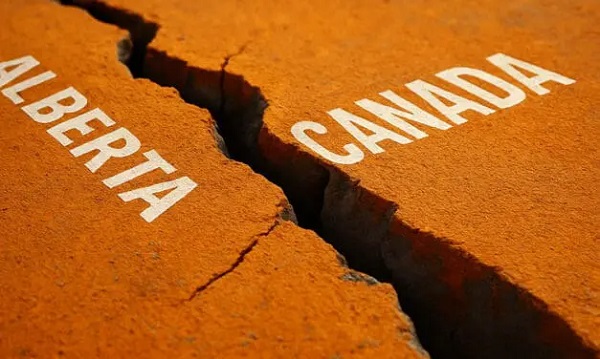
This article supplied by Troy Media.
 By Our View
By Our View
Canada faces a reckoning as Trump and Alberta disrupt long-held national assumptions
It may sound counterintuitive, but U.S. President Donald Trump and Alberta Premier Danielle Smith might be doing more to strengthen Canadian unity and prosperity than anyone in Ottawa.
Both are forcing a broken system long overdue for reform to face its flaws—Trump from the outside, Alberta from within. Trump’s revived protectionism is pushing Canada to confront its economic dependence on the United States, while Alberta’s bold demands are exposing the structural weaknesses of Canadian federalism. This unlikely convergence of pressure could lead to reform that strengthens the nation.
Trump’s renewed imposition of tariffs on Canadian imports, including a 25 per cent levy on most goods and a 10 per cent tariff on energy products, has
reignited trade tensions between the two nations. Trump has done this before: his 2018 tariffs on Canadian steel and aluminum sparked a brief but damaging trade war. His new measures are already disrupting industries reliant on crossborder supply chains, particularly in critical minerals.
However, there is a significant caveat: goods that comply with the United States-Mexico-Canada Agreement (USMCA)—the trade deal that
replaced NAFTA—are exempt from these tariffs. This exemption, initially set to expire on April 2, 2025, has been extended indefinitely, providing relief to industries that meet the agreement’s rules of origin. For example, auto parts manufactured in Canada that comply with USMCA standards are exempt from the newly announced duties.
Even with these carve-outs, the broader trade friction remains. This tension could be just what Canada needs. An unreliable U.S. trade partner may finally push Canadian policymakers to diversify markets, boost productivity and reduce our long-standing dependence on a single customer. The pain may be temporary, but the lessons could be permanent.
Meanwhile, Alberta is making it clear that business as usual will no longer be tolerated. Smith has issued a wide-ranging list of demands, including a repeal of Bill C-69—often called the “no more pipelines” bill by critics—which imposed stricter federal reviews on major energy projects; freedom to develop oil and gas resources without federal emissions caps; and the ability to opt out of industrial carbon taxes and net-zero vehicle mandates.
Some critics call Alberta’s stance reckless or anti-environment. But behind the rhetoric lies a growing frustration with a system that penalizes the very provinces driving Canada’s economy. Alberta isn’t seeking favours—it’s demanding fairness. If Ottawa fails to respond, the province is prepared to hold an independence referendum. That’s no longer an idle threat.
Canada’s deeper problems go well beyond Alberta. Interprovincial trade barriers fragment our economy. Energy infrastructure is blocked or stalled. And the equalization program sends billions to provinces that refuse to develop their own resources. Equalization is meant to ensure all provinces can deliver comparable public services, but the formula often penalizes growth-oriented provinces like Alberta while rewarding inaction. For decades, we’ve watched opportunity slip through our fingers, often by our own design.
External and internal forces are now creating the urgency we’ve lacked. Canadians are increasingly asking why internal trade isn’t as free as external
trade. Support for pipelines and energy independence is growing, even in provinces that previously opposed them. With global instability rising, secure
access to our own energy and markets is no longer optional—it’s essential.
It’s also hard to justify Quebec receiving $13 billion annually while banning fracking and refusing to develop its shale gas. The equalization formula discourages innovation, investment and self-reliance in recipient provinces. That’s not national solidarity—it’s economic dead weight.
This moment may feel tense, even dangerous. But real progress often begins with discomfort. Much like a labour negotiation or a market correction, shortterm conflict can lead to long-term renewal.
Canada has two choices: continue muddling along, or use this moment to reset and rebuild. That means cutting internal trade barriers. It means modernizing equalization. It means saying yes to energy infrastructure that strengthens national sovereignty. And above all, it means recognizing that the West’s prosperity is Canada’s prosperity.
Trump isn’t acting with Canada’s best interests in mind. Neither is Alberta trying to dismantle the country. But both are forcing us to look in the mirror. If we take this opportunity seriously, we may come out of it with a stronger, more selfreliant and united Canada.
Troy Media empowers Canadian community news outlets by providing independent, insightful analysis and commentary. Our mission is to support local media in helping Canadians stay informed and engaged by delivering reliable content that strengthens community connections and deepens understanding across the country.
-
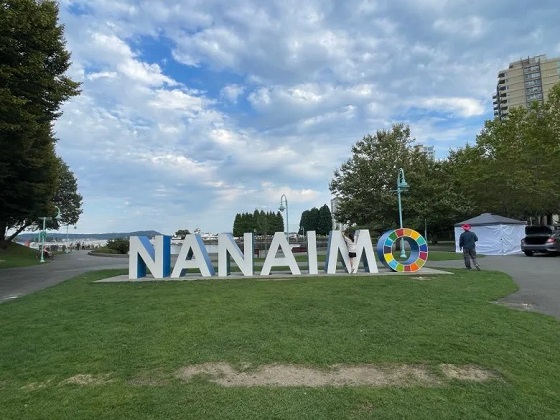
 Addictions9 hours ago
Addictions9 hours agoMan jailed for trafficking diverted safer supply drugs, sparking fresh debate over B.C. drug policies
-

 Alberta11 hours ago
Alberta11 hours agoHow Trump and Alberta might just save Canada
-
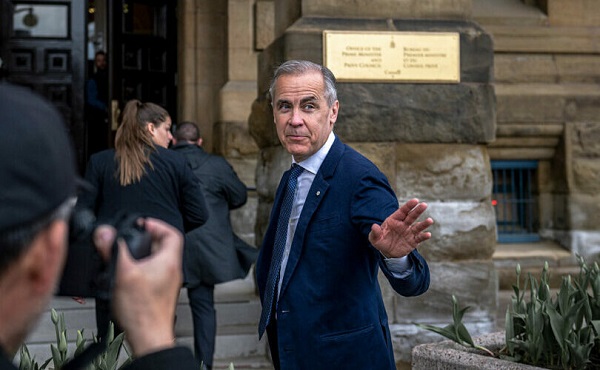
 Business10 hours ago
Business10 hours agoThe Liberals Finally Show Up to Work in 2025
-

 Alberta9 hours ago
Alberta9 hours agoJann Arden’s Rant Will Only Fuel Alberta’s Separation Fire
-

 Bruce Dowbiggin6 hours ago
Bruce Dowbiggin6 hours agoCaitlin Clark Has Been The Real Deal. So Her WNBA Rivals Hate Her
-
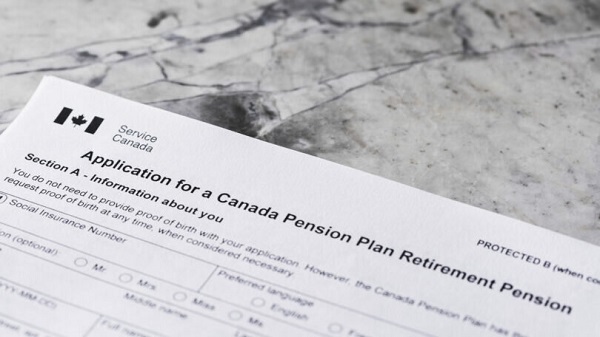
 Banks7 hours ago
Banks7 hours agoCanada Pension Plan becomes latest institution to drop carbon ‘net zero’ target
-
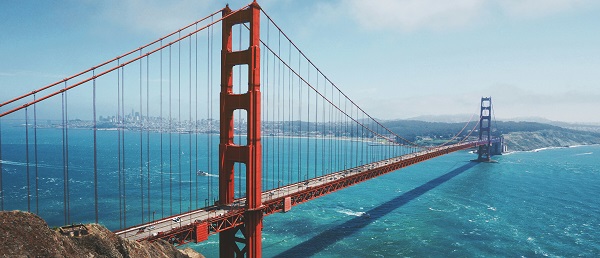
 Daily Caller8 hours ago
Daily Caller8 hours agoThere’s A Catch To California’s Rosy Population Stats
-

 espionage1 day ago
espionage1 day agoTrudeau Government Unlawfully Halted CSIS Foreign Operation, Endangering Officers and Damaging Canada’s Standing With Allies, Review Finds



